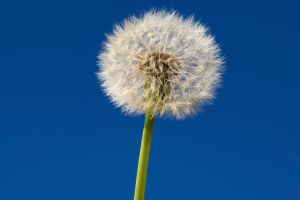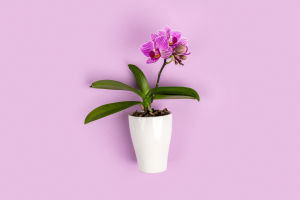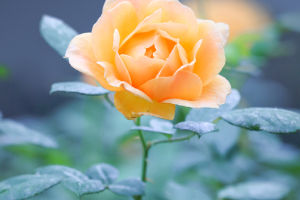The rose, one of the most popular flowers in the world, occupies an important place in various cultures and historical contexts due to its unique beauty and fragrance.
From gardeners to poets, the rose has been endowed with rich symbolic meanings in different fields.
This article will explore the types, cultivation methods, historical background, and diverse uses of roses, providing a comprehensive understanding of this beautiful flower.
1. Types
The rose family (Rosaceae) includes hundreds of species with varying forms, colors, and fragrances. The common types of roses can be classified as follows:
- Hybrid Roses: These roses are usually the result of crossbreeding different wild rose species and are characterized by large flowers and rich colors. This category includes hybrid tea roses and shrub roses.
- Climbing Roses: Known for their vine-like growth, these roses are ideal for climbing walls or trellises. They typically have smaller flowers but grow vigorously.
- Wild Roses: Wild roses are simpler, with fewer petals and a strong fragrance. They usually come in single colors like white or pink. In addition, roses come in various colors, ranging from traditional red, pink, and white to purple, yellow, and orange. The shapes of the petals vary from simple single petals to complex multi-layered blooms.
2. Cultivation Methods
Cultivating roses is not difficult, but to ensure healthy growth and vibrant blooms, some basic care techniques are necessary:
- Choosing the Right Soil: Roses prefer well-drained, fertile, and slightly acidic soil. The pH value of the soil should ideally be between 6.0 and 6.5.
- Sunlight Requirements: Roses need ample sunlight, at least 4 to 6 hours of direct sunlight each day. Lack of sunlight will cause slow growth and fewer flowers.
- Watering: Roses thrive in a humid environment but should not be waterlogged. Water them 2 to 3 times a week, adjusting based on the weather and soil moisture.
- Pruning: Pruning is an essential part of rose care, typically done in the spring and autumn. Removing dead, weak, or crossed branches helps the plant maintain good airflow and healthy growth.
3. Historical and Cultural Significance
- Ancient Greece and Rome: In Greece, the rose was a symbol of love and beauty, while the Romans saw it as a symbol of grand celebrations and joy. Romans used roses for decoration and banquets, even creating the tradition of the "Rose Feast."
- Modern Culture: Today, the rose remains a symbol of love, with red roses representing passionate love and white roses symbolizing purity and respect, often seen on Valentine’s Day and at weddings.
4. Uses
Roses have various uses beyond decoration, with widespread applications in multiple fields:
- Perfume: Rose perfumes are popular for their lasting and refreshing fragrance. By distilling rose petals, high-quality essential oils can be extracted for perfume production.
- Edible: Rose petals are edible, particularly those from edible rose varieties. They can be used to make rose sugar, rose tea, and rose jam. Rose water and rose essential oil are also commonly used in cooking and drinks.
- Medicinal: In traditional medicine, roses have certain therapeutic effects, especially for skincare. Rose essential oil and rose water are widely used in skincare products for their soothing, moisturizing, and anti-aging properties.
The rose is not only a beautiful flower in nature but also an important symbol in human culture and emotional expression. In modern society, roses continue to inspire warmth and creativity through their beautiful appearance and various uses. Through this article, we hope you have gained a more comprehensive understanding of the rose and its important role in both nature and culture.


